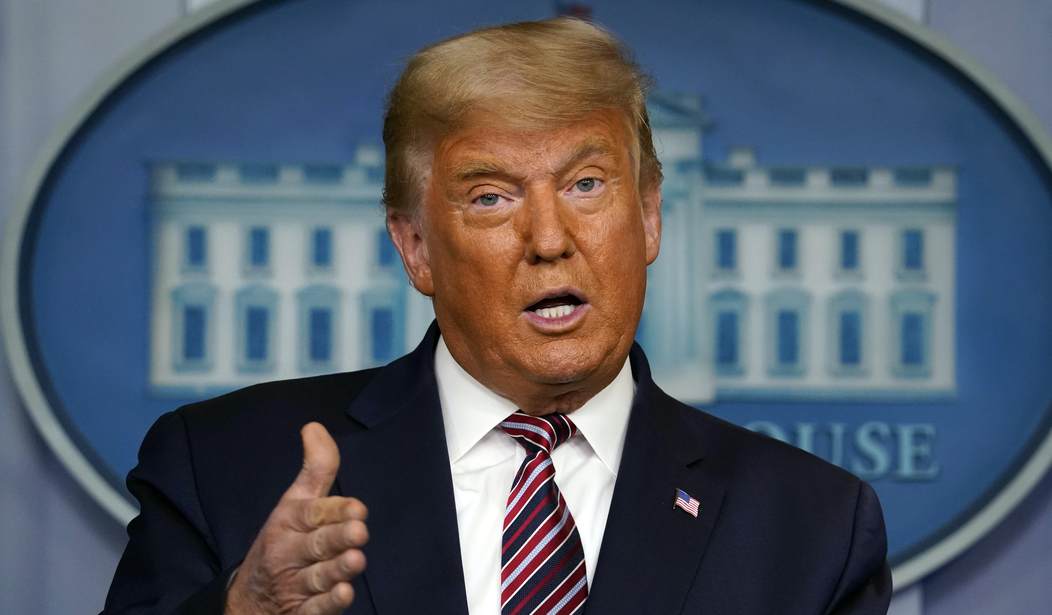After a few days of delay, President Donald Trump signed the COVID-19 stimulus bill on Sunday evening. Trump originally opposed the bill because it did not direct enough to individual Americans in the form of direct checks.
“As President, I have told Congress that I want far less wasteful spending and more money going to the American people in the form of $2,000 checks per adult and $600 per child,” Trump said in a statement.
According to White House spokesman Judd Deere, Trump will send the bill back to Congress with wasteful spending red-lined for removal.
“The President is sending a strong message that makes clear to Congress that wasteful items need to be removed. Sending back to Congress a redlined version, item by item, accompanied by the formal rescission request to Congress insisting that those funds be removed from the bill,” Deere explained.
“The President is signing this bill to restore unemployment benefits, stop evictions, provide rental assistance, add money for PPP, return our airline workers back to work, add substantially more money for vaccine distribution, and much more,” the spokesman added.
The President is signing this bill to restore unemployment benefits, stop evictions, provide rental assistance, add money for PPP, return our airline workers back to work, add substantially more money for vaccine distribution, and much more.
— Judd Deere (@JuddPDeere45) December 28, 2020
Deere also announced that the Senate will begin consideration of a bill that would increase stimulus checks to $2,000, substantially alters or repeals Section 230, and starts an investigation into voter fraud in the 2020 election.
“Much more money is coming,” Trump added in a statement. “I will never give up my fight for the American people!”
.@realDonaldTrump: “Much more money is coming. I will never give up my fight for the American people!”
— Judd Deere (@JuddPDeere45) December 28, 2020
As for wasteful items, PJ Media’s Victoria Taft highlighted the absurd sections in the bill, including a “Climate Security Advisory Council,” “gender programs” in Pakistan, funding to investigate the 1908 Springfield Race Riot, and more. The bill also includes direct cash payments, extra unemployment checks, and another round of small business loans through the Paycheck Protection Program (PPP).
Trump’s decision to sign the bill will secure at least $600 to individuals below a certain income threshold. These direct individual stimulus checks have emerged as a key issue in the Georgia Senate runoffs.
It would be excellent if Congress trimmed the unnecessary spending from the COVID-19 relief bill, but it seems unlikely they will make all the cuts Trump will recommend.
It remains unclear what will come of Trump’s move. The president lacks the ability to perform a line-item veto — to sign a bill while striking parts of it. Some state governors have this power, but the president does not. Congress passed the Line Item Veto Act of 1996, but the Supreme Court struck down the practice as unconstitutional in the 6-3 decision Clinton v. City of New York (1998). The Court argued that the exercise of the line-item veto is tantamount to a unilateral amendment or repeal by the executive of only parts of statutes authorizing federal spending. Only Congress has the legislative power, so the president cannot issue line-item vetoes.
Tyler O’Neil is the author of Making Hate Pay: The Corruption of the Southern Poverty Law Center. Follow him on Twitter at @Tyler2ONeil.









Join the conversation as a VIP Member